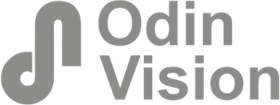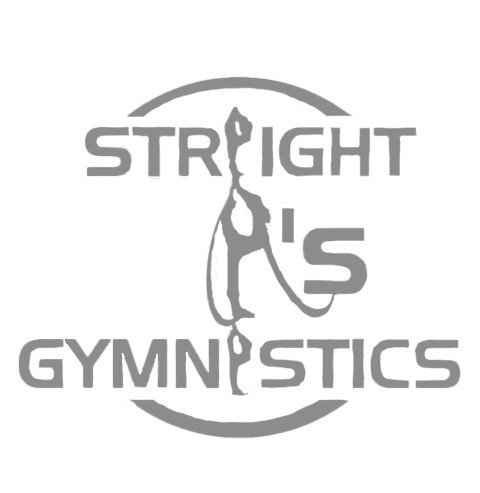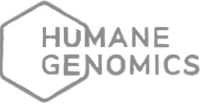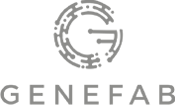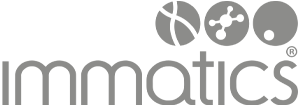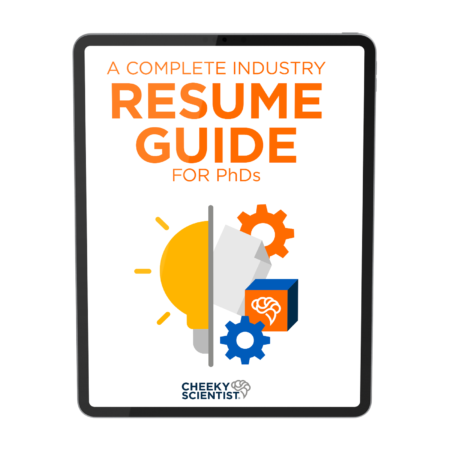3 Ways To Connect With Job Recruiters Using LinkedIn
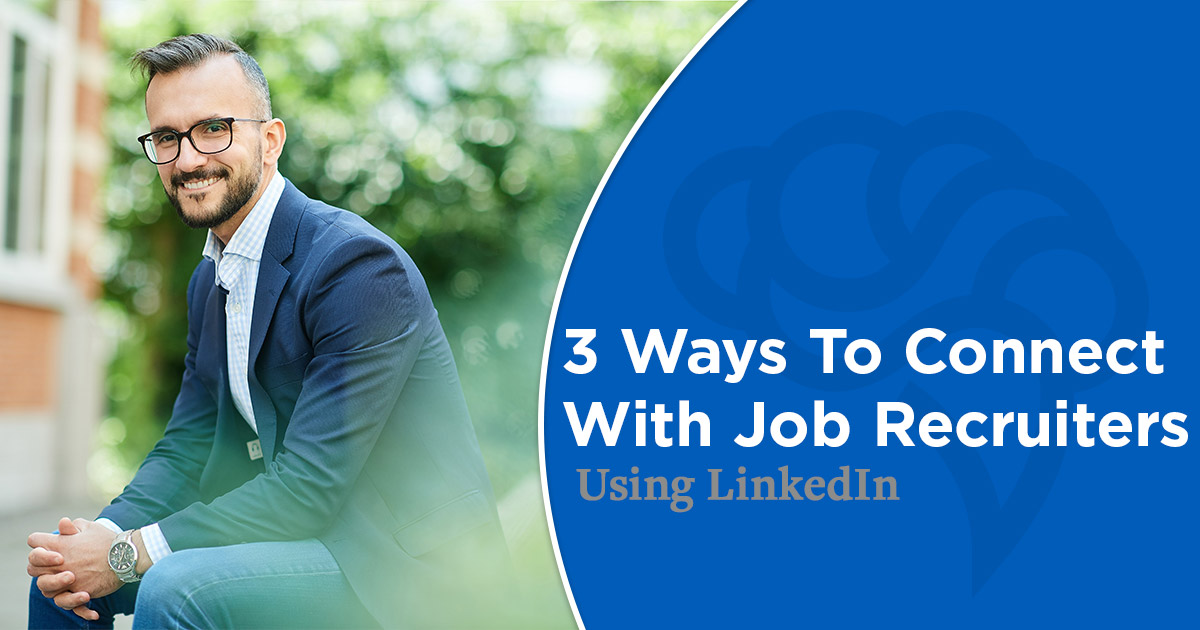
All I knew was academia.
For the past few years, I had basically lived at the University.
Almost all my friends worked at, or attended, the University.
It was my life.
But, I didn’t want it to be.
I was nearing the end of my PhD, and realized that academia was not the path for me.
The workload, lack of support, and negative environment was weighing me down.
I felt overwhelmed, stressed, and lost.
I wanted out of academia, but felt stuck.
I tried to apply for jobs I saw online, but once I submitted my resume, I never heard anything back.
It was demoralizing.
Maybe I wasn’t qualified for anything outside academia?
I was so lost that I actually started applying for postdoc positions, even though the thought of actually doing a postdoc made me want to cry.
It was rock bottom.
I thought I would never get a job.
But, the tides began to change when I started networking.
I went to a women in science event, and it was eye-opening.
There were so many successful and happy PhDs working outside of academia.
I decided this networking strategy was worth pursuing.
But, I couldn’t always go to live events, so I turned to LinkedIn.
I built up my profile and started reaching out to people in positions and companies that I was interested in.
LinkedIn allowed me to reach out to many people who I would have never had access to otherwise.
It was fantastic.
I learned a lot about working outside academia and what positions might be a good fit for me.
And ultimately, it was networking that led to a referral which landed me my first industry position.
Why Networking With Hiring Managers Is Beneficial To Your Job Search

Having a referral is the best (and fastest) way to get hired in industry.
Having a referral is like having a golden ticket.
It can get you past applicant tracking software, past the black hole of online job portals, and place your resume straight at the top of the pile.
But, getting a referral requires effort.
It requires you putting in the work to network properly.
Building professional relationships should be your number one priority in your job search, but it can be hard.
So, why should you put in the effort?
Why are referrals and making connections with industry professionals so important?
Because, internal referrals are the number one source of hires.
More candidates are hired via referrals than any other method.
According to Society For Human Resource Management, 52% of hires ultimately come from internal sources.
This means that your chances of getting hired are 3-4 times higher when you have a referral, as reported by CareerXroads.
And, candidates who are hired via internal referral are usually more satisfied with their new positions.
Indicated by a 46% retention rate at one year for referred employees, compared with a 33% retention rate for hires who came from career sites, according to Undercover Recruiter.
Clearly, networking with employees at your target companies will benefit you both in the short-term, by improving your chances of getting hired, and in the long-term, by improving job satisfaction.
But, referrals also benefit the referer.
Because, most companies have an Employee Referral Program that gives current employees perks when they refer successful job candidates.
Perks like extra money or extra vacation time.
So, don’t be afraid to reach out to new people and, when the time is right, ask for a referral — you will both benefit.
3 Ways To Find Employers And Employees At Your Target Companies
Before you can get a referral, you have to develop a relationship with someone at your desired company.
But, as a PhD who has been in academia for many years, you probably don’t know how to find or connect with industry professionals.
LinkedIn is a great platform that actually makes networking quite easy.
But, to get the most benefit, there are a few strategies that you should follow.
Here are 3 ways to find and connect with industry professionals at companies you are interested in…
1. Use the LinkedIn search feature.

Using the LinkedIn search feature is the most obvious way to find people on LinkedIn.
But, you want to make sure that you are using the LinkedIn search feature as effectively as possible.
This means that you need to do some research before you start to search for people to contact.
First, as a part of your job search strategy, you should create a list of all the companies you want to work for.
This should be a comprehensive list.
As you begin to network, you will get a better feel for what each company is like, and you will be able to narrow down your list to a few top companies.
Also, don’t forget about small and medium-sized companies when making this list.
These small and medium-sized companies are often in the fastest stage of growth and will usually be hiring rapidly.
Once you have this list, all you have to do is type the name of the company into the search bar on LinkedIn.
This will display all the people within your 1st, 2nd, and 3rd connections on LinkedIn who have this company in their profile.
LinkedIn also gives you the ability to filter these results, based on location and connection level.
This way, you can focus on people who work in your target city, or focus on only your 1st connections who are already a part of your network.
This is especially important when looking for employees at a large company.
There are thousands of people who work for Genentech, Intel, BioRad, etc., so you will want to narrow down your search.
Also, if you know the job titles of people you are interested in connecting with on LinkedIn, you can also use this word in your search.
For example, you could search “research scientist Genentech” or “process engineer Intel”.
However, the real work is only just beginning when you find that perfect employer or employee you want to connect with on LinkedIn.
Now that you know who you want to connect with, you have to find a way to add value to them.
Never just approach someone and ask for a referral.
Never.
This is a good way to burn bridges and get blacklisted from companies.
You can add value by make introductions, congratulating someone on an achievement, or some other strategy that puts the focus on the person you are connecting with.
2. Get introduced by someone from your current network.
The best way to get hired is to get a referral.
And, the fastest way to get a referral is to leverage your current network.
You have already built up some rapport with the people currently in your network, and this makes asking for an introduction easier.
LinkedIn has a built-in feature that is designed to facilitate introductions.
When you are searching for people and employers to connect with on LinkedIn, many of the search results will be 2nd connections.
This is where you can leverage the LinkedIn introductions feature.
In the search results, LinkedIn will show you who you and this 2nd connection have in common.
Then, you can reach out to your connection to see if they would be willing to introduce you.
Make sure you add value in this interaction.
Offer to connect them to someone in your network, or begin the conversation by telling them about an article that you think might interest them, etc.
Another place to look for introductions is in your alumni network.
When you click on the “My Network” section of LinkedIn, under the “People You Know” section, there will be a tab called “Alumni”.
When you click on this, it will display people who have graduated from the same universities as you.
Reaching out to an alumni of the same university as you is easier than reaching out to a stranger, because you already have something in common.
You already have a way of beginning the conversation with them — by noting that you graduated from the same university.
Building a connection with a fellow alumni will be easier and happen faster.
And, once you are comfortable, you can ask for an introduction to the employee or employer that you are interested in.
Leveraging your current network is the fastest way to get a referral, and to extend your network.
3. Look on the company website to find specific people you want to reach out to.

To make your search on LinkedIn more targeted, you may want to look at the company website before you search on LinkedIn.
Many companies, especially the small and medium-sized companies, will have an “about us” section that will include bios for the people who work there.
This page will usually list the person’s name and their title.
You can use this page to search for a specific person.
Sometimes, the bio will have some personal information about the person that you could potentially use as a way to make your first interaction with them more interesting.
Knowing the name of the person you want to reach out to before heading to LinkedIn is especially helpful when looking for employees who work at large companies.
Large companies have thousands of employees, so it can be difficult to sort through all the search results that LinkedIn will give you.
Another good way to find specific employees at larger companies is to look at the company blog.
Larger organizations will often highlight specific employees or teams in their blogs.
These articles can give you a reason to contact the person you are interested in, and can give you some talking points for your interactions with them.
Mentioning that you saw this article about them, and found their work very interesting, is a great way to start a conversation.
Along these same lines, it is a good idea to set up a Google alert for the companies that you are interested in.
This will allow you to stay on top of any stories that appear in the media about these companies, and use them to reach out to people at the company.
Not every story will be relevant to you, but when the right opportunity comes along, this can be another great way to start a conversation.
LinkedIn is a great platform to find and connect with industry professionals. It allows you to reach out to people who work at the companies you are interested in that you would not have had access to otherwise. To make the most of LinkedIn as a way to connect with people at your target companies, you can use the LinkedIn search feature, get introductions from people in your current network, and look at the company website to find specific people you want to reach out to. For the most effective use of LinkedIn, you should use a combination of these strategies. And always remember, in any networking situation, you must add value first. Never begin a conversation by asking for something. Give the new connection a reason to want to talk to you. If you can do that, then you are on the right track to building a solid professional connection.
If you’re ready to start your transition into industry, you can apply to book a free Transition Call with our founder Isaiah Hankel, PhD or one of our Transition Specialists. Apply to book a Transition Call here.
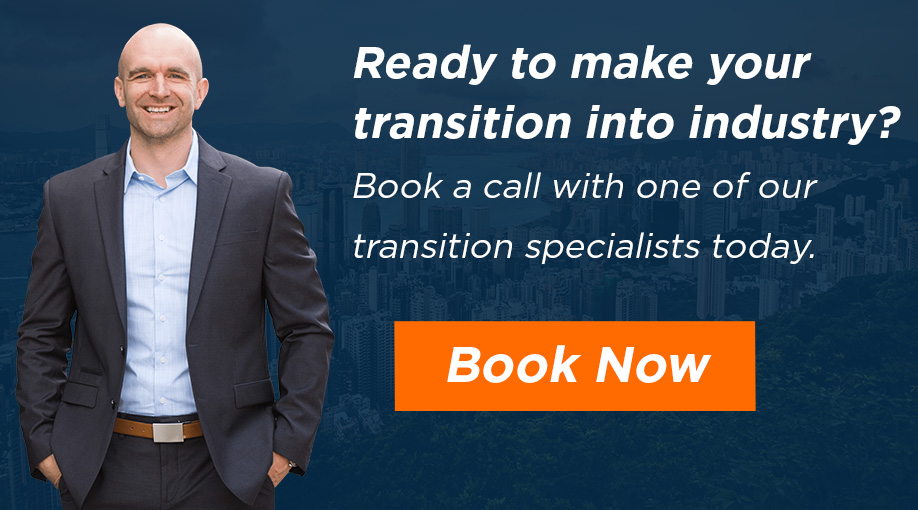
ABOUT CATHERINE SORBARA, PH.D.
Cathy has a PhD in Medical Life Science and Technology and is COO of the Cheeky Scientist Association. Cathy is passionate about science communication including translating science to lay audiences and helping PhDs transition into industry positions. She is Chair of Cambridge AWiSE, a regional network for women in science, engineering and technology. She has also been selected to take part in Homeward Bound 2018, an all-female voyage to Antarctica aimed to heighten the influence of women in leadership positions and bring awareness to climate change.
More Written by Catherine Sorbara, Ph.D.
































